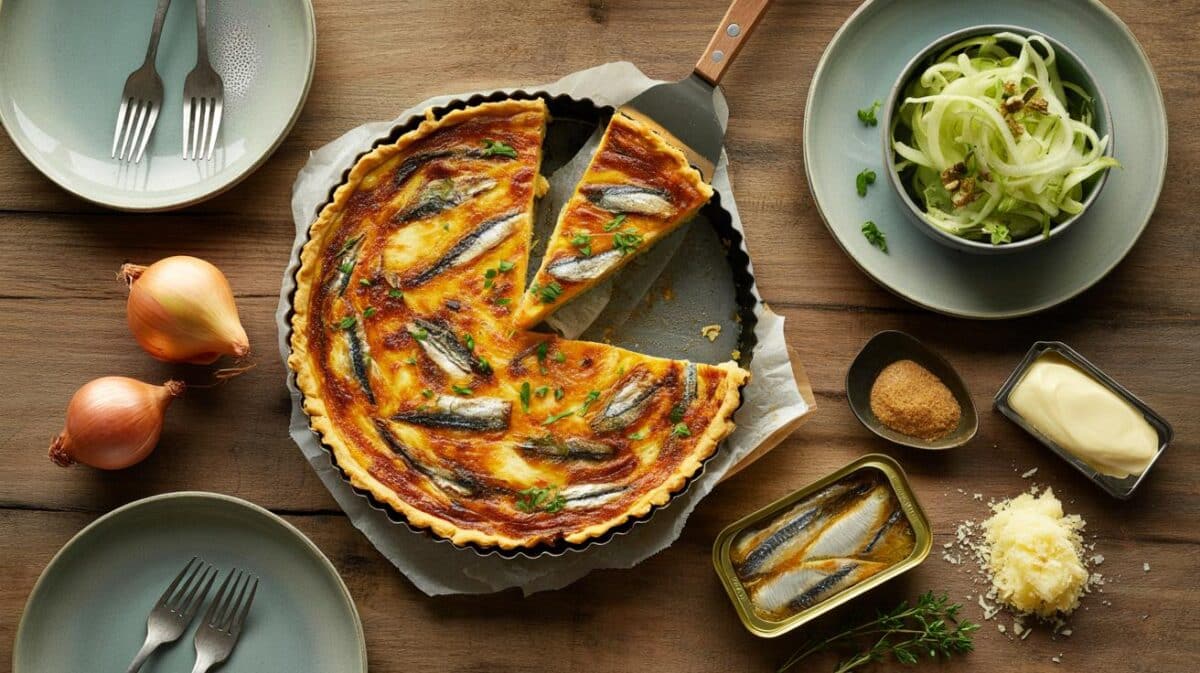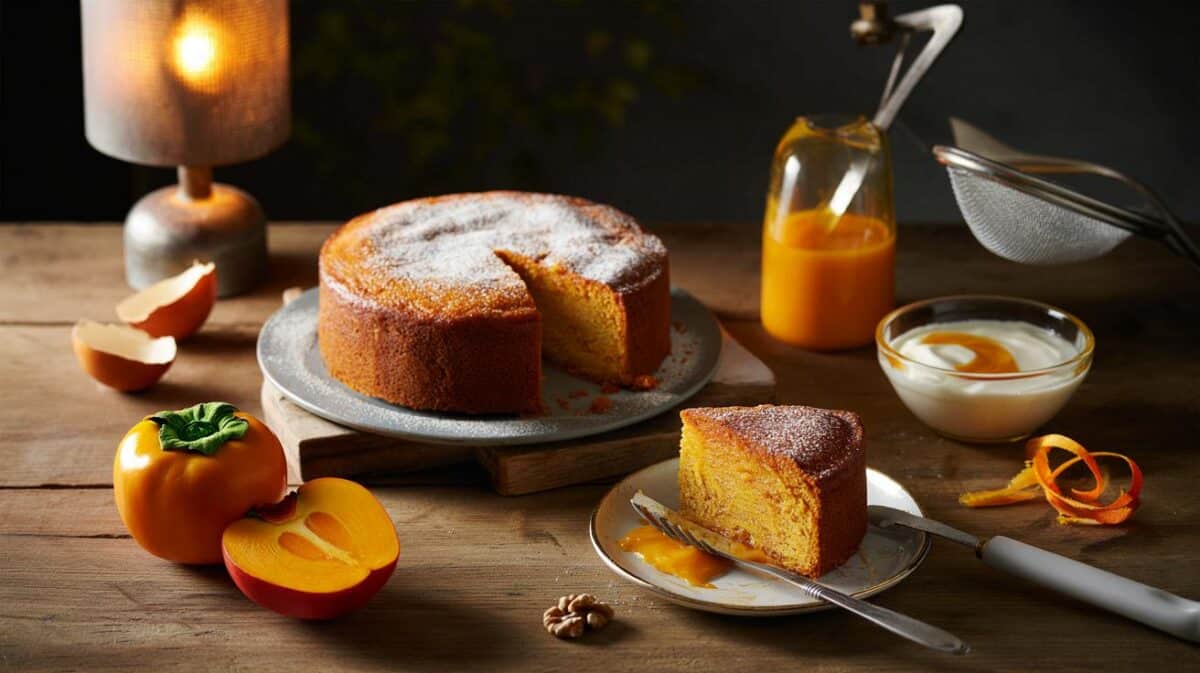A tiny switch is reshaping home baking.
In kitchens from Leeds to Lewes, a thick, fruity paste is slipping into batters and traybakes, bringing toffee-like depth without heaped spoons of white sugar. The method asks for no gadgets, no obscure ingredients and scarcely ten minutes. Yet the results taste like slow-cooked caramel and keep cakes plush for days.
Why dates fool your palate
Dates carry natural glucose and fructose alongside potassium, magnesium and a good hit of fibre. When blended into a smooth paste, they spread sweetness evenly through the crumb. The paste also traps moisture, so sponges stay soft and squidgy longer than those made with plain caster sugar. That mellow, burnt-sugar note people chase as “caramel” emerges from gentle heat, a pinch of salt and the fruit’s own toffee profile.
Two ingredients. Ten minutes. Up to 100 g less refined sugar per cake, with the caramel depth your guests expect.
Choose soft varieties for speed and flavour. Medjool gives richness and a fudge-like finish. Deglet Nour costs less and blends cleanly with apple, pear and pumpkin bakes. Either way, you get a fragrant sweetness that tastes warmer than white sugar, without the crash-and-burn aftertaste.
The 10-minute method, no kit required
- Stone 200 g dates and cover with 80 ml very hot water for 10 minutes.
- Blend the lot until glossy and smooth, scraping the jug as needed.
- Add a pinch of fine salt to round the flavour; a few drops of vanilla if you like.
- Cool, then use straight away or refrigerate in a jar for two weeks.
This yields roughly 250–280 g paste, enough to sweeten a standard loaf cake or an 8–9 inch round sponge, depending on taste.
Ratios that actually work
- Swap 100 g caster sugar for 100 g date paste in soft bakes (banana bread, carrot cake, apple traybake).
- Because the paste holds water, reduce other liquid by 1–2 tablespoons per 100 g paste.
- Add 1/4 teaspoon bicarbonate of soda per 200 g paste to keep the crumb light and lift the warm notes.
- Bake slightly longer at a lower heat (about 160–170°C) to protect the caramel-like flavour.
For cookies or crisp-edged biscuits, keep at least a third of the original sugar. Paste alone gives chew, not snap. It also won’t whip into meringue or caramelise to hard toffee.
How it stacks up nutritionally
Dates still bring sugar, so portions matter. Yet the swap alters the profile: more fibre, minerals and moisture for fewer calories per spoon, once water is blended in. Figures vary by variety and method, but typical values look like this:
| Per 100 g | Caster sugar | Date paste (homemade) |
|---|---|---|
| Energy (kcal) | ~387 | ~200–240 |
| Carbohydrate (g) | ~100 | ~50–65 |
| Fibre (g) | 0 | ~5–8 |
| Potassium (mg) | ~2 | ~400–650 |
| Glycaemic index | ~60–65 | ~35–55 (varies by date) |
UK guidance counts puréed fruit sugars as “free sugars”. The flavour changes; the classification does not. Keep servings sensible.
People managing diabetes or dental issues should still take care. The paste is sticky, and it remains a sugar source. Rinse after eating, pair with protein or yoghurt, and keep portions moderate.
Bakes that shine with the trick
- Banana bread: replace 150 g sugar with 150 g paste, add 1/4 tsp bicarb, bake at 170°C for 55–65 minutes.
- Apple and cinnamon traybake: 180 g paste for a 20×30 cm tin; dot with sliced apples; bake at 165°C for 35–45 minutes.
- Pumpkin loaf: 160 g paste plus mixed spice; finish with toasted seeds for crunch.
- Brownie style squares: 140 g paste with dark cocoa; include roasted walnuts to amplify the roasted, toffee-like note.
- Breakfast muffins: 120 g paste for 12 muffins; fold in oats for body and slower release.
A pinch of salt sharpens the caramel illusion. Vanilla softens edges. Cinnamon, coffee or malt powder deepen the roasted profile without extra sweetness. Toasted nuts or sesame lift the “confectionery” vibe while adding texture.
Cost, storage and availability
Supermarket Deglet Nour often sits near £4–£6 per kilo; Medjool ranges from about £7–£12. That puts a 200 g batch at roughly 80p–£2.40. Because the paste includes water, 100 g paste may use only 70–80 g dates, which helps the budget.
On value ranges, 100 g caster sugar might cost 10–15p; 100 g date paste lands around 20–30p. You pay a little more for flavour, fibre and moisture retention.
Store the paste in a clean jar in the fridge for up to two weeks. Freeze in ice-cube trays for three months. Thaw overnight, stir, and it’s ready for batter again.
Pitfalls, fixes and flavour boosters
- Dense crumb: add an extra 1/4 tsp baking powder for every 150 g paste and avoid overmixing.
- Under-sweet result: increase paste by 20–30 g rather than adding syrup; a touch of salt and vanilla magnifies perceived sweetness.
- Dark crust too fast: lower the oven by 10–15°C and extend time. Use light-coloured tins.
- Flat-tasting chocolate cakes: stir in 1 tsp instant espresso or cocoa nibs for depth without extra sugar.
- Craving crunch: top with toasted nuts, seeds or a thin oat streusel sweetened with a partial sugar mix.
This switch suits moist cakes, loaves, muffins and bars. Keep crisp biscuits, meringues and brittle on traditional sugar for structure.
What this means for you right now
Households cutting sugar by 20–40% in bakes report fewer mid-afternoon crashes and cakes that keep better until midweek. Schools and offices welcome nut-free versions for shared trays. For family cooks, the method scales: one standard jar covers two small loaves or a weekend’s worth of muffins.
For those counting nutrients, date paste moves sweetness closer to food than to ingredient. You get fibre and minerals, yet UK labelling still classes it with free sugars when puréed. That nuance matters if you track daily limits. If in doubt, keep slices modest, add protein on the side, and let the oven’s gentle heat pull the caramel notes forward rather than chasing more sweetness.








